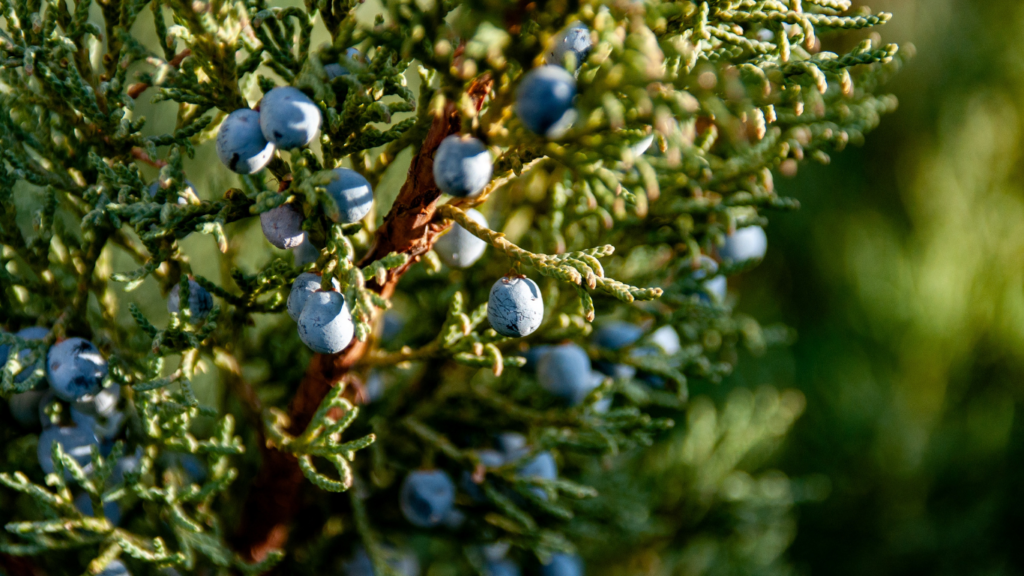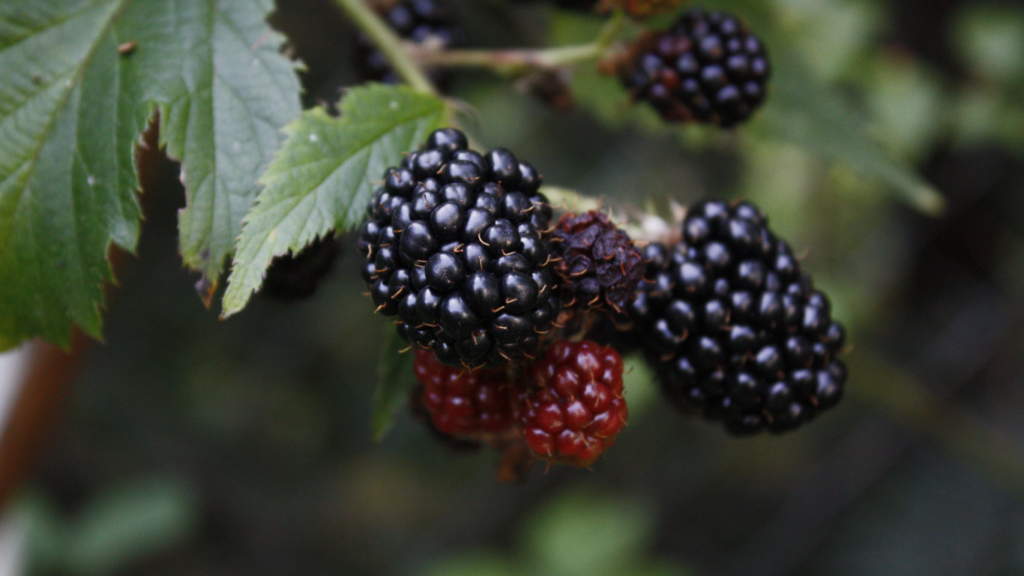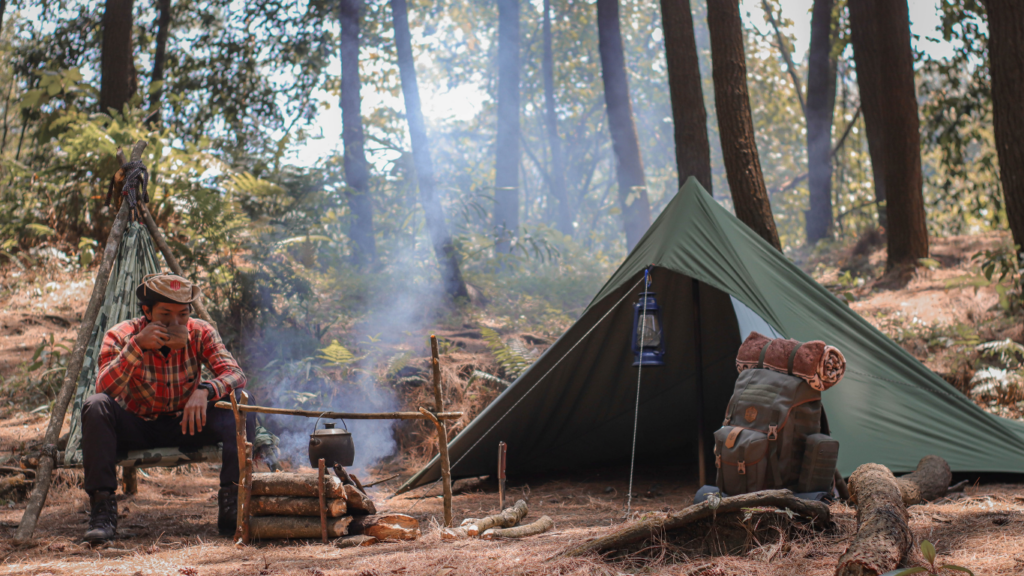The Importance Of Identifying Wild Edibles
Identifying wild edibles matters for several reasons. Safety is the foremost concern, as mistaking a toxic plant for an edible one can have serious health consequences. Many plants that appear similar can differ vastly in their effects on the human body. Being able to accurately identify safe plants and berries helps prevent these risks.
Nutrition is another compelling reason. Wild edibles often offer a rich source of vitamins, minerals, and antioxidants. For instance, dandelion greens are high in vitamins A and C, while berries like blackberries and blueberries are packed with antioxidants. By correctly identifying these plants, one can tap into these natural health benefits.
Ecological awareness is enhanced through this practice. By learning to recognize various species, foragers build a deeper connection with their environment. This understanding nurtures a respect for nature, promoting sustainable foraging practices. Picking the right plants in the right amounts ensures that local ecosystems remain balanced.
Cultural and historical knowledge play a role, too. For centuries, indigenous populations have used wild edibles for medicinal and nutritional purposes. Identifying these plants connects us to traditional wisdom and practices, enriching our understanding of both history and modern survival skills.
Lastly, this skill amplifies the foraging experience. The satisfaction of knowing exactly what you’re picking, along with its potential benefits, transforms foraging from a mere activity into an enriching hobby. Accurate identification ensures a safe, nutritious, and respectful interaction with nature, making the foraging journey both educational and enjoyable.
Essential Tools For Foraging
Identification of wild edibles requires the right tools. These tools help in understanding and recognizing safe plants and berries effectively.
Field Guides
Field guides provide detailed illustrations and descriptions. I often use field guides to cross-reference plant characteristics. Choosing a guide with clear images and regional plants ensures accuracy. Renowned guides like “Peterson Field Guide to Edible Wild Plants” and “National Audubon Society Field Guide to North American Wildflowers” are excellent options.
Mobile Apps
Mobile apps offer instant access to plant databases. I find apps like “PlantSnap” and “PictureThis” useful for quick identification in the field. These apps use image recognition technology to identify plants and berries. Apps updated regularly provide a reliable resource for foragers.
Common Safe Wild Plants
Recognizing safe wild plants is crucial for foragers. I’ll cover three common ones: dandelion, chickweed, and clover.
Dandelion
Dandelions are easy to identify with their bright yellow flowers and jagged leaves. Every part of this plant is edible. Their leaves can be added to salads, while their roots can be dried and used as a coffee substitute. According to the USDA, dandelions are rich in vitamins A, C, and K.
Chickweed
Chickweed is another safe wild plant. It has small white flowers and smooth leaves. When fresh, chickweed leaves can be used in salads or as a spinach substitute in cooked dishes. Research from the Journal of Ethnopharmacology shows that chickweed contains essential vitamins and minerals, making it a nutritious choice.
Clover
Clovers are identifiable by their three-part leaves and small flower clusters. Both red and white clover flowers are edible. Clovers can be eaten raw in salads or brewed into a tea. According to a study in the Journal of Medicinal Food, clovers are a source of isoflavones, which have various health benefits.
Identifying Edible Berries

Recognizing edible berries in the wild is crucial to safe foraging. Each berry has unique features that distinguish it from potentially harmful lookalikes.
Blueberries
Blueberries feature smooth, dark blue skin with a distinctive crown at the berry’s bottom. They grow on bushes typically no taller than 4-6 feet. Blueberry shrubs often have red or purple-tinted stems. One can find them in forests, along trails, and in acidic soils, mainly between June and August. Their leaves are oval and have smooth edges.
Blackberries
Blackberries ripen on arching, thorny canes. The berries start as green, turn red, and ripen to a deep black, usually between July and September. Each blackberry is made of multiple druplets, each containing a seed. The leaves are toothed and come in groups of three to five. Blackberries favor sunny areas with well-drained soil, like edges of woods and fields.
Elderberries
Elderberries grow in clusters on bushes that reach up to 12 feet tall. The berries are dark purple or black when ripe, typically from August to October. Each berry is about 1/4 inch in diameter. Elderberry bushes have pinnate leaves with 5-11 leaflets, each with serrated edges. They thrive in moist environments, such as near streams and wetlands. Always cook elderberries before consumption to neutralize any toxic compounds.
Key Identification Tips
Identifying safe wild edibles requires knowing specific characteristics. Here are critical tips to help with accurate identification.
Leaf Structure
Leaves provide essential clues for identifying wild plants. Examine leaf edges. Smooth, toothed, or lobed edges can indicate particular species. Look at the leaf arrangement. Whether leaves are opposite, alternate, or whorled can help identify the plant. Note the leaf shape. Ovate, lanceolate, or compound shapes offer further insights.
Berry Color
Berry color is a primary identification feature. Safe berries usually exhibit vibrant colors like:
- red
- blue
- black
Check the skin texture. Glossy, smooth, or slightly textured surfaces can help distinguish safe berries. Observe the color consistency. Evenly colored berries are generally safer to consume.
Growth Habitat
Understanding the growth habitat aids in identifying safe plants and berries. Note the environment. Wetlands, forests, and meadows each host specific edibles. Observe soil type. Sandy, clay, or loamy soils support distinct plant varieties. Analyze sun exposure. Full sun, partial shade, or full shade preferences can narrow down species identification.
Safety Precautions When Foraging
When foraging for wild edibles, safety is paramount. Keep these essential precautions in mind to enjoy a safe and rewarding experience.
Avoiding Look-Alikes
Many edible plants have toxic look-alikes. Misidentifying them can lead to serious health risks. For example, elderberries are safe when cooked but their look-alike, pokeweed berries, are toxic even when cooked. Always use multiple identification sources, such as field guides and mobile apps, to confirm the plant’s identity before consuming it.
Testing For Edibility
Before integrating a new wild edible into your diet, it’s crucial to conduct an edibility test. Start by rubbing a small part of the plant on your wrist to check for any skin reaction. If there’s no reaction after 15 minutes, place a small piece on your lips for another 15 minutes. If there’s still no adverse reaction, chew a small amount without swallowing. Wait for an hour to see if any ill effects occur. Only then consider consuming more.
Recognizing Poisonous Plants
- Knowing how to recognize poisonous plants can prevent accidental poisoning.
- Poison ivy, poison oak, and poison sumac cause skin reactions due to their oil, urushiol
- Plants like hemlock can be fatal if ingested.
- Note key characteristics of these plants, such as leaf shape and growth patterns, and avoid them during your foraging.
- Familiarize yourself with comprehensive resources on poisonous plants to stay safe.
By following these safety precautions, foraging can be a rewarding and safe activity.





